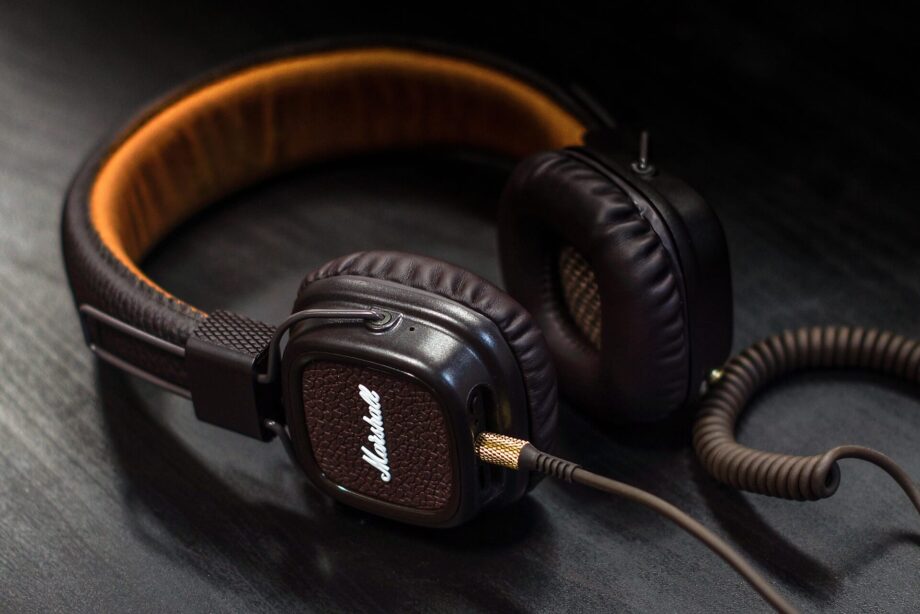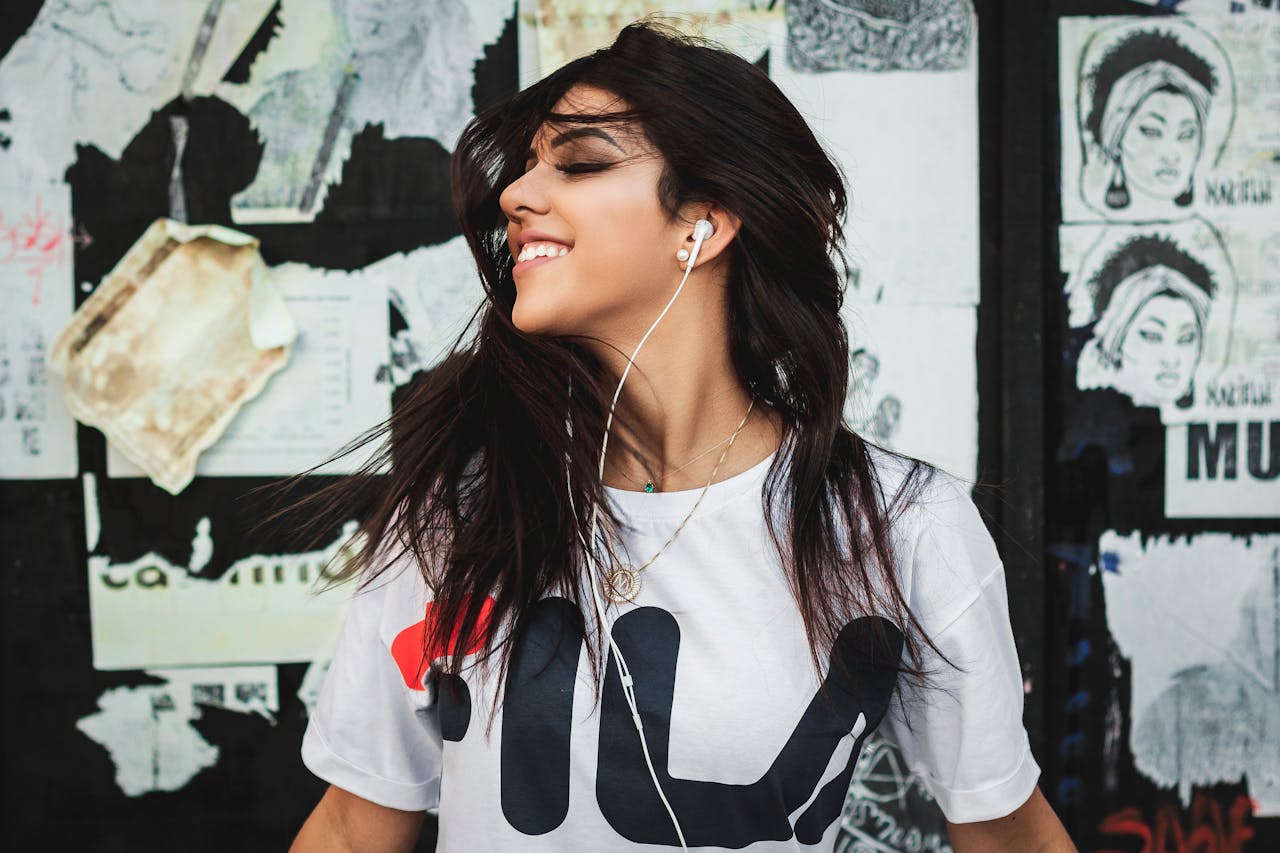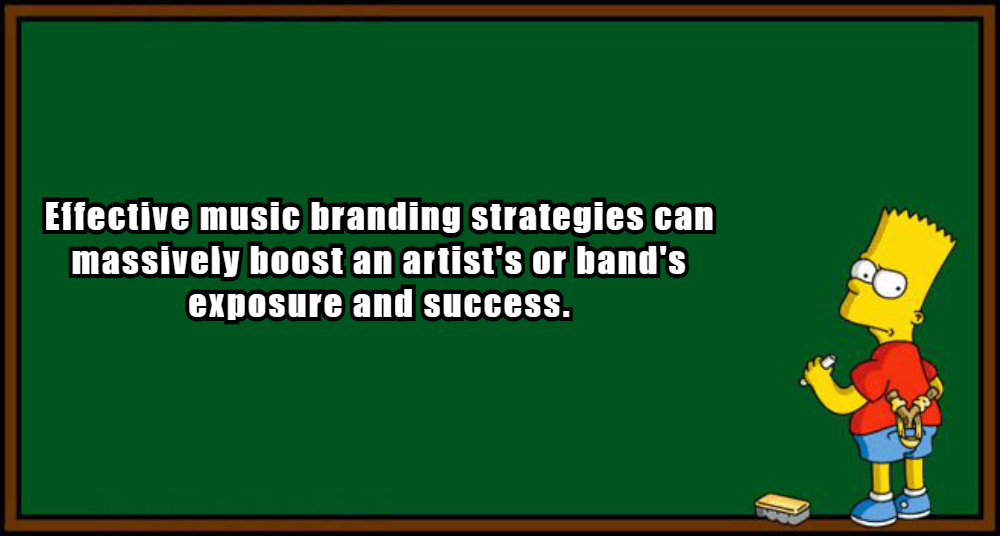In today’s competitive music industry, great music is not enough without a strong brand – that makes a difference, which can relate artists to fans. Effective music branding brings out artists’ unique identity, fosters loyal fans, and crafts a unified image across all touchpoints. This essay will discuss some of the best music branding strategies for artists from which they may well develop memorable and authentic brands.
Define Your Brand Identity
One of the very first things to define in music branding is understanding who you are. In other words, who am I? What makes me special? Some key elements to think about:
- Musical style and genre: what kind of music do you make? Describe your sound.
- Visual aesthetic: what kind of visual identity embodies your music and personality?
- Core values: What do you stand for as an artist? What’s important to you?
- Target audience: Who is your ideal fan? What do they care about?
- Brand personality: How would you describe your brand’s personality traits?
- Brand story: What’s your background and journey as an artist?
Take some time and answer these questions. The responses will be the foundation on which all your branding work is based.

Brand Statement
Translate your brand identity into a short, 1-2 sentence brand statement. This must encapsulate who you are as an artist. For example:
“I am an indie folk singer-songwriter creating intimate, reflective music that draws ideas from nature and human relationships. My music is for soundtracking people’s quiet moments of introspection and mindfulness.”
Brand Values
Define 3-5 core brand values that are most important to you as an artist. These could be as follows:
- Authenticity
- Creativity
- Social impact
- Innovation
- Community
Your brand values must guide everything done; thus, everything will be full of them.
Unique Selling Proposition (USP)
Determine what truly defines you as an artist-what makes you stand out uniquely. What will you bring to the game that no one else will? Your USP will distinguish you from other artists, and the fans will have a real reason to choose you. This can be in terms of sound, background, message, or approach.
Work On Your Visual Identity
Once you have defined your brand identity, it is time to put it on paper through the creation of a consistent visual identity. Some of the elements are as follows:
Logo
A simple, versatile, and expressive logo that defines the artist’s brand. Your logo will feature on all branding materials.
Color Palette
Select 2-3 core colors and 2-3 accent colors that play off your brand personality. Consistently apply these colors across all visual elements.
Typography
Choose 1-2 fonts to pair with your branding – one for headlines and another for body text. Consider using a mix of fonts that work well in your design and are easy to read.
Imagery Style
Cultivate guidelines for the images and photos that you will use within your branding. Some considerations may be:
- Photo styles (e.g. candid vs. posed, color vs. black & white)
- Graphic elements
- Illustration style
- Album cover design image

Brand Guidelines
A brand style guide having all the visual identity components has to be developed. This is in order to maintain consistency as you produce numerous marketing collaterals.
Create a Strong Online Presence
In this internet-driven period, online presence forms part of the fundamentals of music brand definition. You should consider the following:
Website
Establish a professional artists’ website where fans can be reached online. You should look out for the following:
- Music player
- Tour schedules
- About page
- Photos and videos
- Merch store
- Email signup
Social Media
Choose 2-3 social media platforms that your target audience spends its time on. Most in-demand social media for musicians:
- TikTok
- YouTube
Consistently post and engage with the audience. This should contain a blend of music-related content, a glimpse into the behind-scenes moments, and personal things.
Streaming Profiles
Make sure to secure your streaming profiles such as Spotify, Apple Music, and YouTube Music. Brand all consistently across each platform and update your bio and profile pictures.
Email List
Build an email list for you to stay in touch with some of your most ardent fans. Keep them abreast of new music, live shows, and exclusive content.

Write Your Artist Story
Connection with the artist happens at a much deeper level when people understand their story and where they come from. Tell a compelling story about:
- Your musical background and influences
- Challenges you have overcome
- What inspires your music
- What you want to achieve and the vision behind being an artist
Write your own story through your bio on the website, social media, interviews, and music videos. Let fans get to know you.
Create Consistent Content
Put out content regularly that supports the brand and keeps fans entertained between singles:
- Behind-the-scenes videos
- Acoustic performances
- Lyric breakdowns
- Q&A’s
- Vlogs
- Podcast appearances
Scheduling and aesthetics in all of the content have to be consistent.

Design Memorable Merch
Well-designed merchandise allows fans to represent your brand and generates additional revenue. Create merch that aligns with your visual identity:
- T-shirts
- Hoodies
- Hats
- Tote bags
- Posters
- Vinyl
Focus on quality and unique designs that fans will actually want to wear/use.
Collaborate Strategically
Collaborating with other artists and brands can expand your reach and reinforce your brand identity. Choose collaborators that align with your values and aesthetics. This could include:
- Musical collaborations
- Brand partnerships
- Influencer marketing
- Playlist pitching
Be intentional and ensure that every partnership feels natural to your brand.
Create an Unforgettable Live Experience
For most artists, live shows are the real experience in which fans genuinely interact with the brand. Create a repetitive live experience by:
- Stage design
- Lighting
- Video feeds
- Wardrobe
- Playlist selections
- Engagement with the audience
Create a multisensory branded experience at your shows that will be remembered.

Consistent yet Dynamic
Only focus on consistency when building a solid brand, but still make room for growth and evolution while you evolve as an artist. Update your branding from time to time without ever losing what defines your core identity.
Measure and Fine-tune
Always assess your branding’s performance:
- Set and observe metrics to keep track of Follower counts, engagement, and streams.
- Survey fans for feedback
- Test A/B visuals and messaging
- Monitor analytics for top-performing content
leveraging this information, you can continuously fine-tune your branding.
Branding Examples
Let’s now look at some crucial examples of other big artists building brands in case we want to shine a light on effective music branding:
Artist |
Key Branding Elements |
| Billie Eilish | – Neon green hair/roots
– Baggy streetwear style – Dark, edgy visuals – Whispery vocals |
| Taylor Swift | – Evolving eras for each album
– Easter eggs and fan theories – Confessional songwriting – Close fan engagement |
| Beyoncé | – Empowering messaging
– Elaborate visual albums – Surprise releases – Perfectionist image |
| BTS | – Synchronized choreography
– Colorful aesthetics – Individual member personalities – Positive social impact |
Branding Don’ts
Avoid all these mistakes in developing your music brand:
Imitation and not own identity: Don’t try to be another artist’s brand; think of a unique identity.
Disunity: Ensure that all the touchpoints possess a consistent brand image.
Not being authentic: Your brand should always show who you really are.
Overcomplication: Make things simple and focused with your branding.
Not giving your brand life: Keep on reinforcing your brand through content and engagement.
Conclusion
A good artist brand takes time and work to build, but it is strong in today’s over-saturated industry. The elements that will help an artist to create a memorable and appreciated artist brand are first defining a unique identity, then establishing a consistent visual image, and reinforcing the brand across all touchpoints. Your brand should, therefore, be a true representation of who you are as an artist. Keep it authentic to your voice and create a brand positioning strategy that communicates to your listener. After you have designed a good branding strategy, you could have loyal followership and keep it in your music.
Implementing the best music branding strategies for artists is crucial for long-term success in the industry. By following these guidelines and continuously refining your approach, you can create a powerful and enduring brand that resonates with your audience and sets you apart from the competition.
FAQs
1. How often should I update my music brand?
Your music brand should evolve naturally as your artistry develops, but it’s a good idea to reassess your branding every 1-2 years or with each major release. This allows you to stay current while maintaining consistency. However, avoid drastic changes that could confuse your audience. Instead, make gradual adjustments that align with your artistic growth and changing musical style.
2. Can I have different brands for different musical projects?
Yes, it is normal to have different distinct brands for various projects of an artist if they are of varying genres or different target audiences. For instance, you can own a serious brand for your main act and take on a comical persona as part of a different project. Just make sure every brand exists separately and does not overlap with the others. It is also worth considering how all this will affect your time and resources when managing several brands at the same time.


